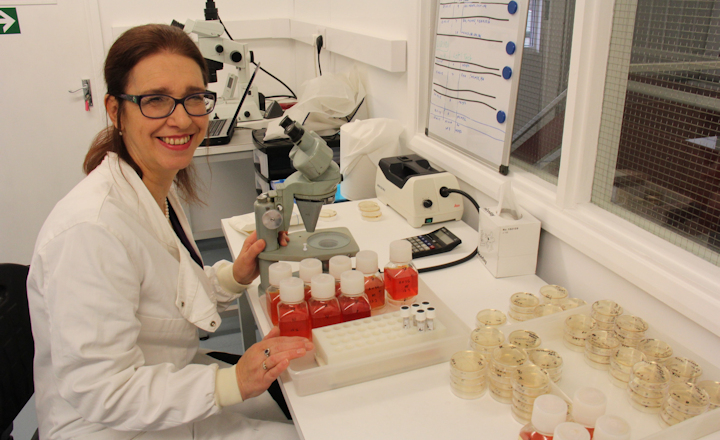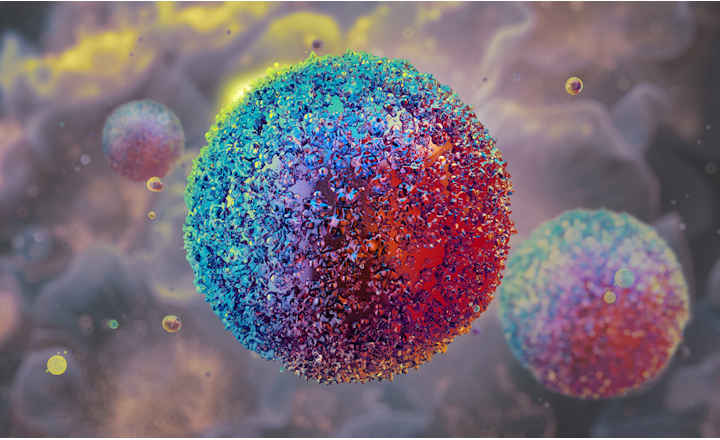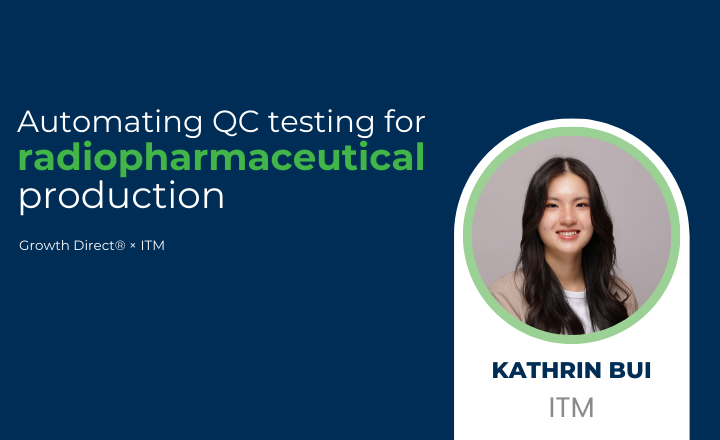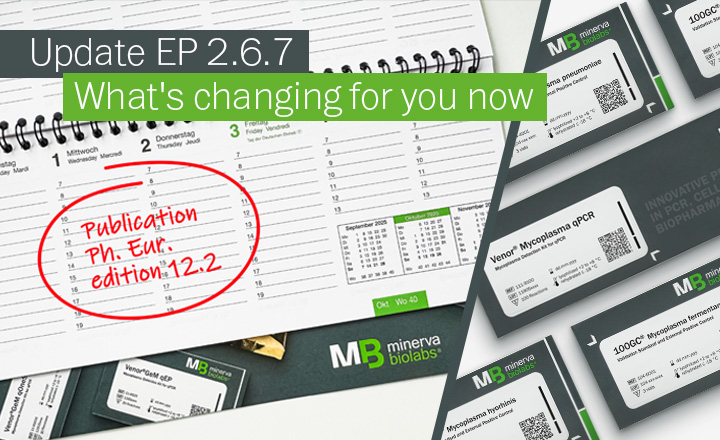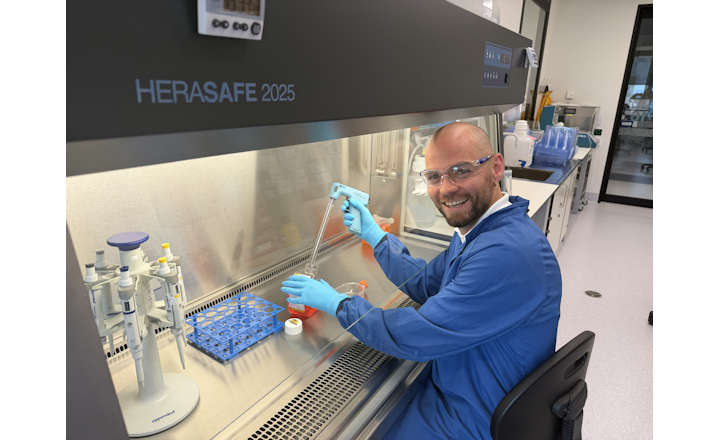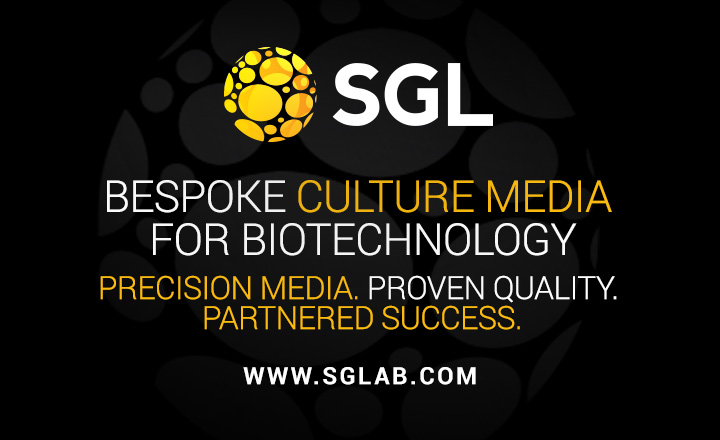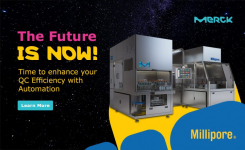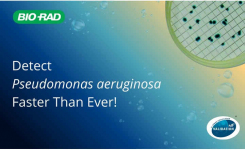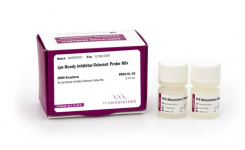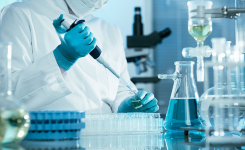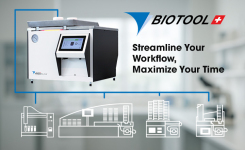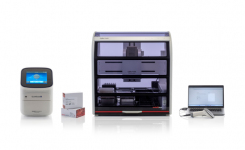Mycoplasma Experience Ltd. has been conducting mycoplasma testing for the biopharmaceutical industry for over 30 years. Managing Director, Helena Windsor talks to rapidmicrobiology.com about her experience in testing Advanced Therapy Medicinal Products (ATMPs)/Cell and Gene Therapies (CGTs) for mycoplasmas and the risks and international regulations concerning these short-shelf life products.
Q. Why are Mycoplasmas so important for ATMPs/CGTs?
A: Mycoplasmas have been recognised as common, often occult, contaminants of laboratory propagated cell cultures since the 1950s. ATMPs typically consist of cells, either as a suspension or cultured on some form of matrix or device, which are then introduced into the patient. If the cells are genetically modified via a virus vector, then cell cultures will have been used to culture the virus vector.
Mycoplasma contamination may affect the efficiency of the production process and, more critically, many recipients of this therapy will, either as a result of their condition or its treatment, have impaired immunity. Most of the species normally found as cell culture contaminants would not be expected to be harmful to healthy individuals but some of these organisms can and do cause infection in the immunocompromised. It is therefore of vital importance that sterility testing of ATMPs includes mycoplasma testing and researchers developing these products will find when they come to the clinical trial stage, this is expected by the MHRA (Medicines and Healthcare Products Regulatory Agency) and other regulatory authorities worldwide.
Q. Can you describe your preferred workflow for detecting mycoplasmas in ATMPs/CGTs?
A: There are two key differences between many, but not all, ATMPs and conventional biopharmaceuticals. Firstly ATMP batches are usually much smaller, often where they are patient-specific, using autologous cells, very small in quantity of final product. Secondly, they typically lack the shelf life of conventional bioproducts; in some cases, the window between the final harvest and transfer to the patient is a matter of hours. This has presented a challenge for all the required sterility tests, not just for mycoplasma testing, where the compendial culture test in EP2.6.7 MYCOPLASMAS takes 28 days minimum to complete and sign off.
NAT testing could have been designed to address the needs of ATMP producers, the smaller volumes used, comprise a greater proportion of total batch size than a typical bioproduct batch so sensitivity is not compromised by this factor. There are some rapid test systems on the market used for screening cell cultures at a research level, such as MycoAlert, but these lack the sensitivity of properly validated NAT tests and the latter is the only rapid method listed as suitable by EP2.6.7 MYCOPLASMAS.
qPCR has become established as the method of choice for rapid testing and there are a number of kits where the manufacturer has carried out the validation stipulated for acceptance of the test as an alternative to culture or the Indicator Cell Method. When setting up a testing programme ATMP producers should look at the optimum points for sampling and testing. Batches of virus vectors and the cells used to produce them may be able to be tested by conventional methods, or qPCR can be used throughout. With unstable preparations, a sample taken 24-48hours before harvest and administration may be useful as even PCR tests may not complete in time, particularly if samples are shipped to a testing service. This, of course, holds true for other sterility tests.
Q. Can you tell me about the services Mycoplasma Experience provide to ATMP/CGTs laboratories?
A: Mycoplasma Experience was established in 1988 with the intention of providing testing services to the biopharmaceutical industry, our own testing services expanded to include the supply of high-quality culture media for companies conducting their testing in-house. We introduced an EP validated qPCR service in 2015.
There is no doubt that this is a growing market for us, one which we expect to expand considerably in the future. Currently, we have customers using our cultural test alone, qPCR alone or both, with the rapid test result normally emailed to them within 48 hours of receipt at our laboratory, which lies at the foot of the Surrey Hills in Bletchingley. We work with customers from the start of their journey to clinical trial and, hopefully, beyond. We offer a PCR protocol geared to regulatory requirements with an inbuilt 'spike' of live test organisms which are taken through the process in the presence and absence of the test article to confirm that there is no matrix inhibition at any stage. We also carry out an initial validation of any new product, ATMPs are so varied that customised protocols may be needed. We also offer staff training in the prevention and control of mycoplasma contamination and risk assessment consultations.
Q. What would you advise an ATMP/CGTs laboratory to beware of while carrying out a risk assessment on a product?
A: ATMPs should shift the emphasis of mycoplasma detection from the classic common cell culture contaminants, such as Mycoplasma hyorhinis, towards the human commensals, in particular, any which may colonise the tissue type from which the patient's cells derive. Where conventional cell lines are used to produce vectors, the usual contamination risks still apply to the cell line and virus harvests. Contamination with Ureaplasmas species, close relatives of the mycoplasmas, has not been a problem in routine laboratory cell culture work but there are two species found relatively frequently in the human urogenital tract, which can cause opportunistic infections, the potential risk of introducing these organisms via the patient's cells should be considered.
The commensal oropharyngeal flora of the operator should be a low risk where sterile manufacture is taking place but the risks of contamination in any of the culture media components need to be assessed, particularly as Acholeplasma laidlawii can be part of the bioburden of broth powders and may pass through sterilising filters due to their pleomorphic morphology.
Q. What questions should an ATMP/CGTs laboratory be asking their media supplier?
A: Ideally manufacturers will be using serum-free formulations for production wherever possible because of other biohazards and if this is impossible, irradiate or heat inactivate this component, both treatments will kill any contaminating mycoplasmas. During development, it would be prudent to check if the media supplier is aware of previous incidents of mycoplasma contamination linked to serum-free cell culture media and check what steps they have taken to ensure that their products are mycoplasma free.
Q. Can you tell me about the possible revisions been made to EP 2.6.7 Guidelines in regards to ATMPs/CGTs?
A: The current requirements for EP2.6.7 MYCOPLASMAS are under review, with the increased use of NAT testing across the sector, improvements to the validation and comparability between assays are being considered. Additionally, incorporation of the 'hybrid test', where the Test Article is inoculated into an enrichment broth, then pre-incubated before sampling and applying a NAT, has been proposed. This method, which has been comprehensively evaluated by a number of companies, allows larger volumes to be tested and reduces matrix inhibition, and would also be expected to considerably reduce the 28 day test period of the current compendial test. The need to provide suitable guidelines and protocols for the growing ATMP portfolios has been pressed, whilst this applies to all cell-derived products it is good to see recognition of the need to test the cells themselves, not just their matrix, due to the tendency of some mycoplasma species to either adhere to the cell surface or become internalised. Additionally, NAT kit manufacturers are carrying out research to enable their systems to handle samples with higher cell densities than can be processed at present. This is all good news for both ATMP producers and for patient safety.






